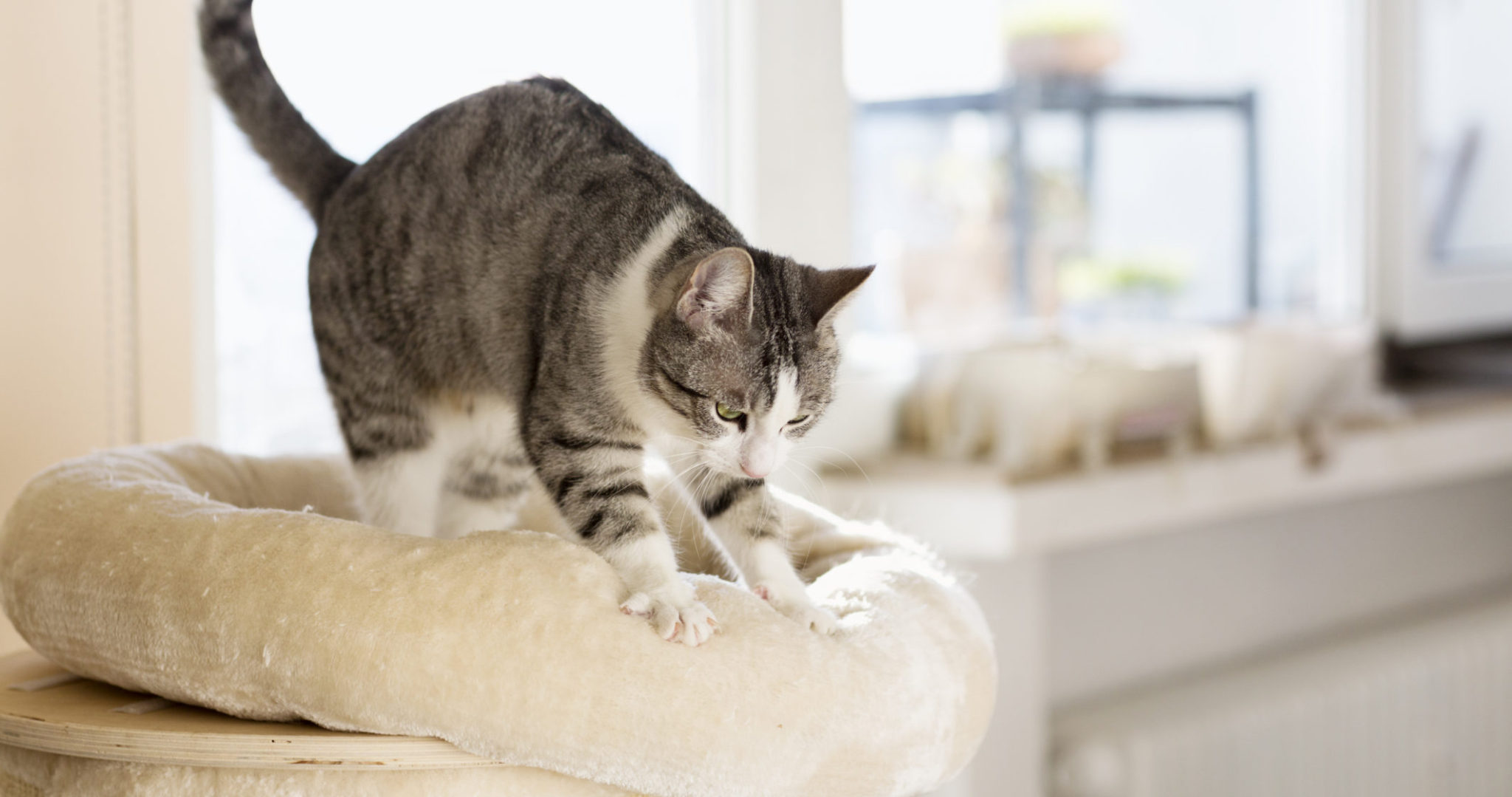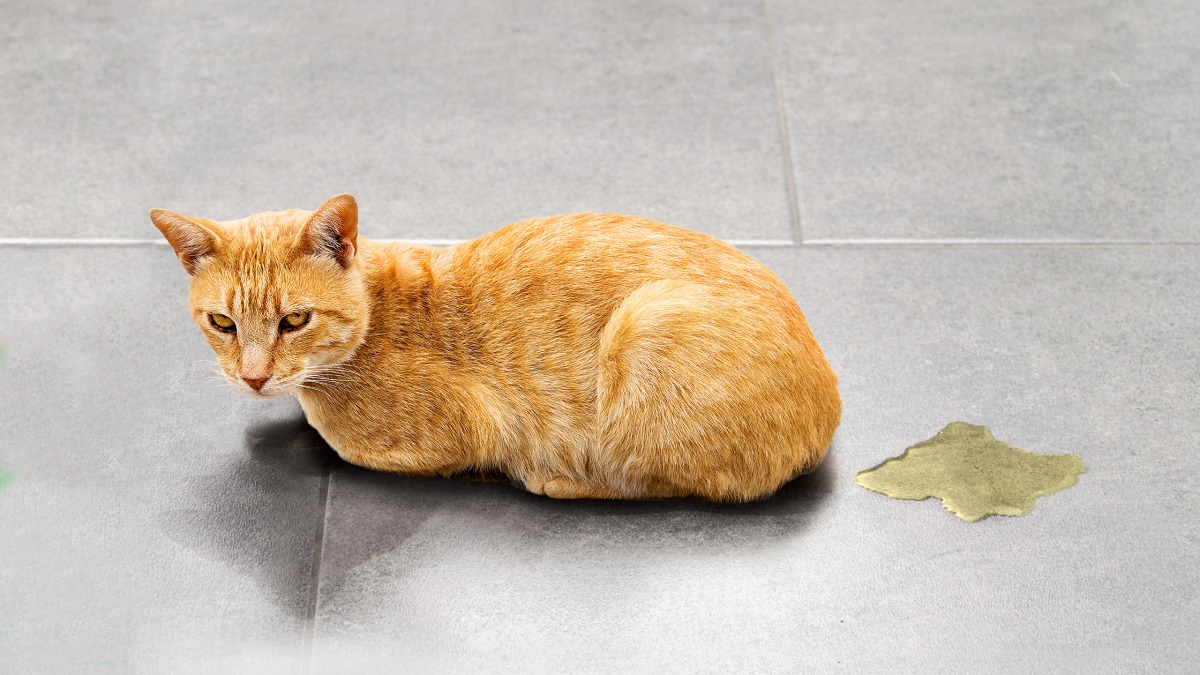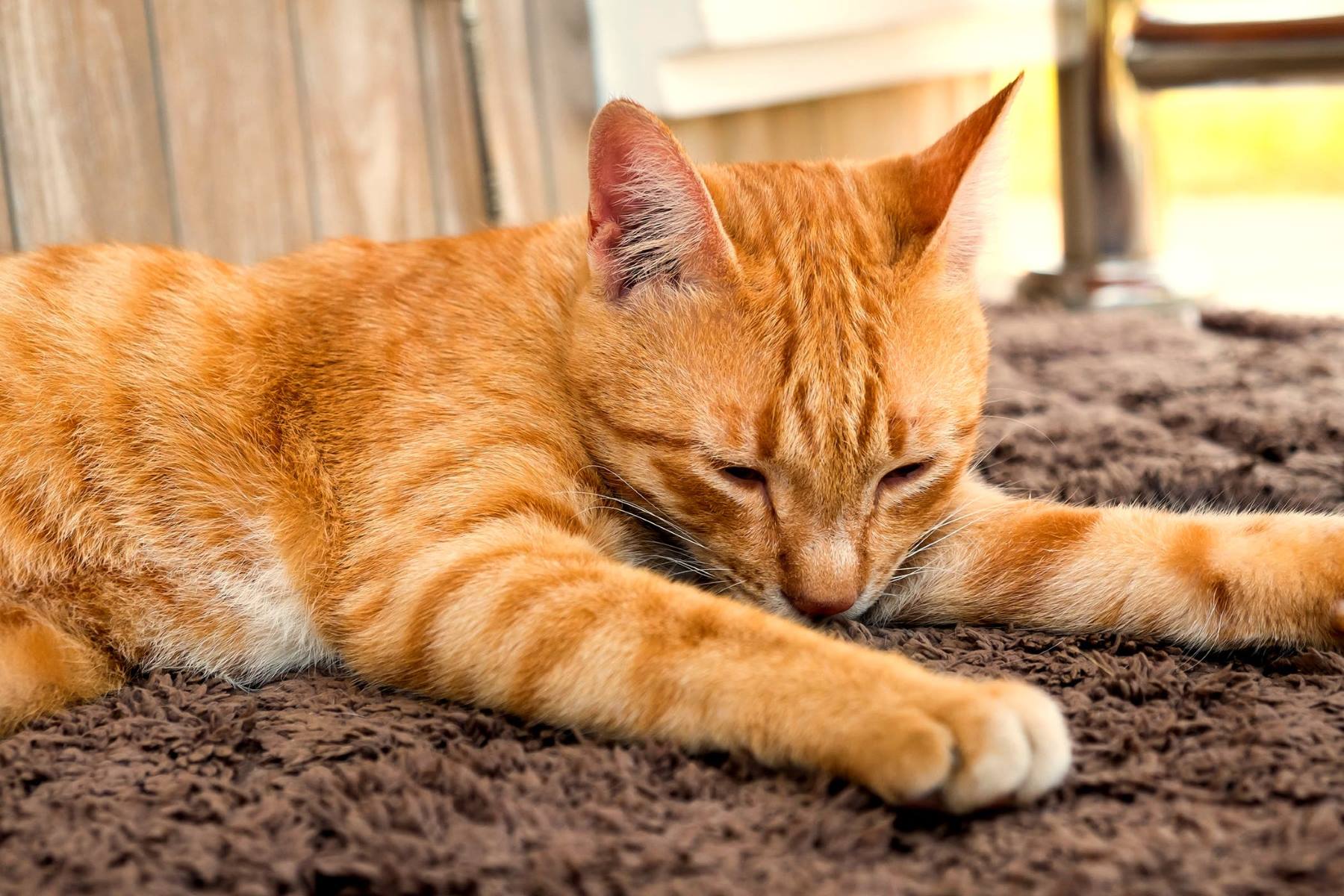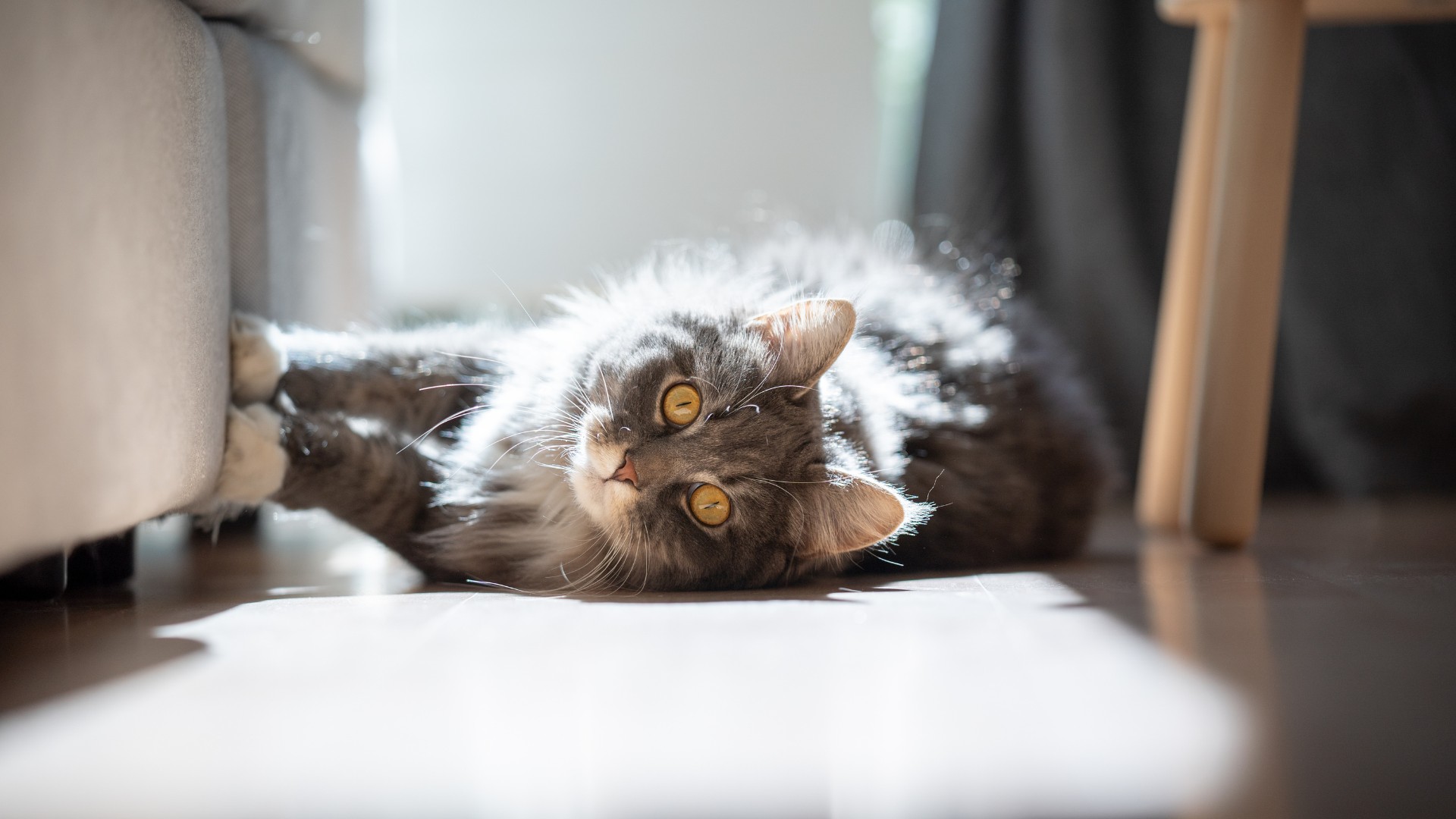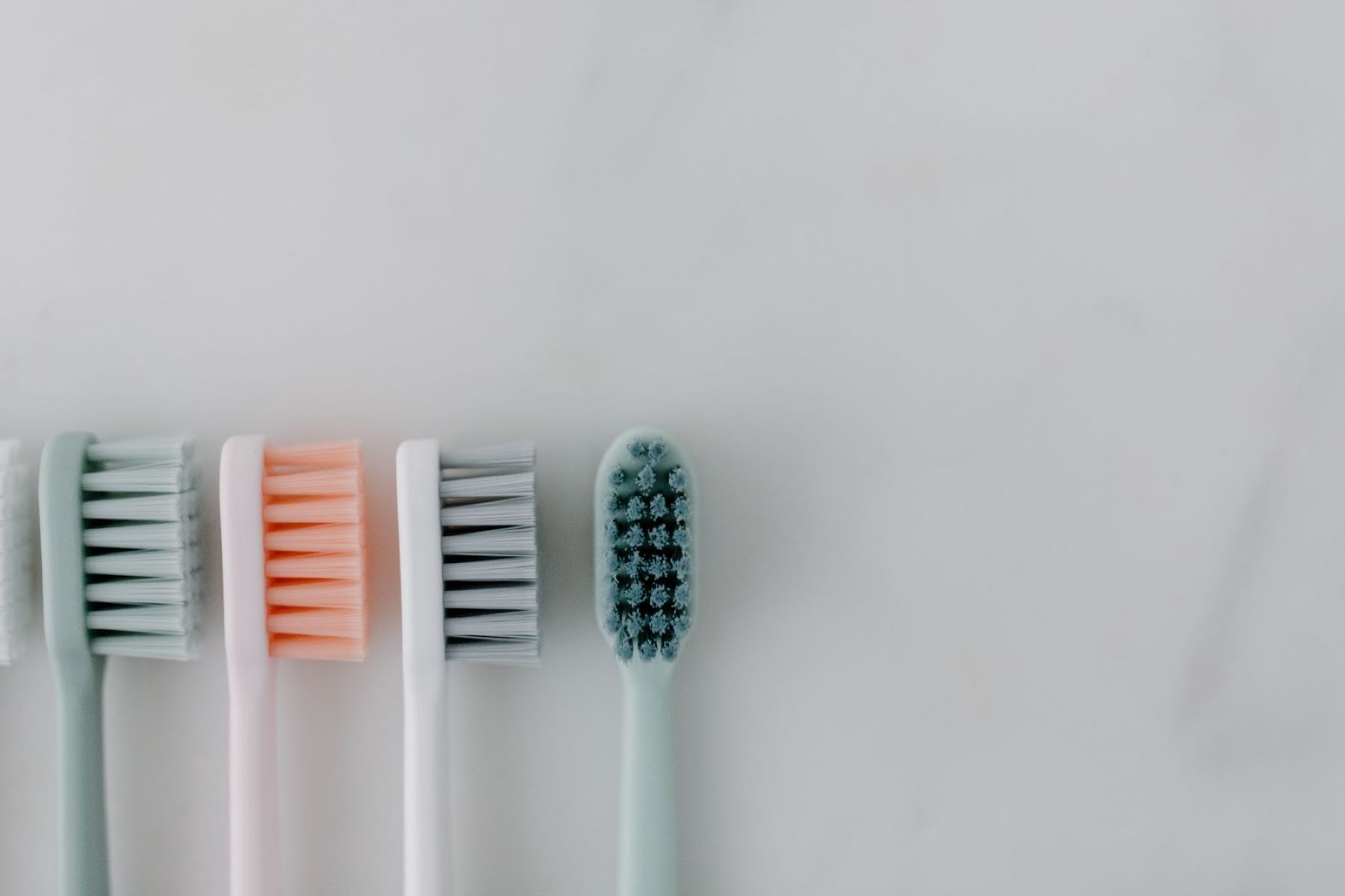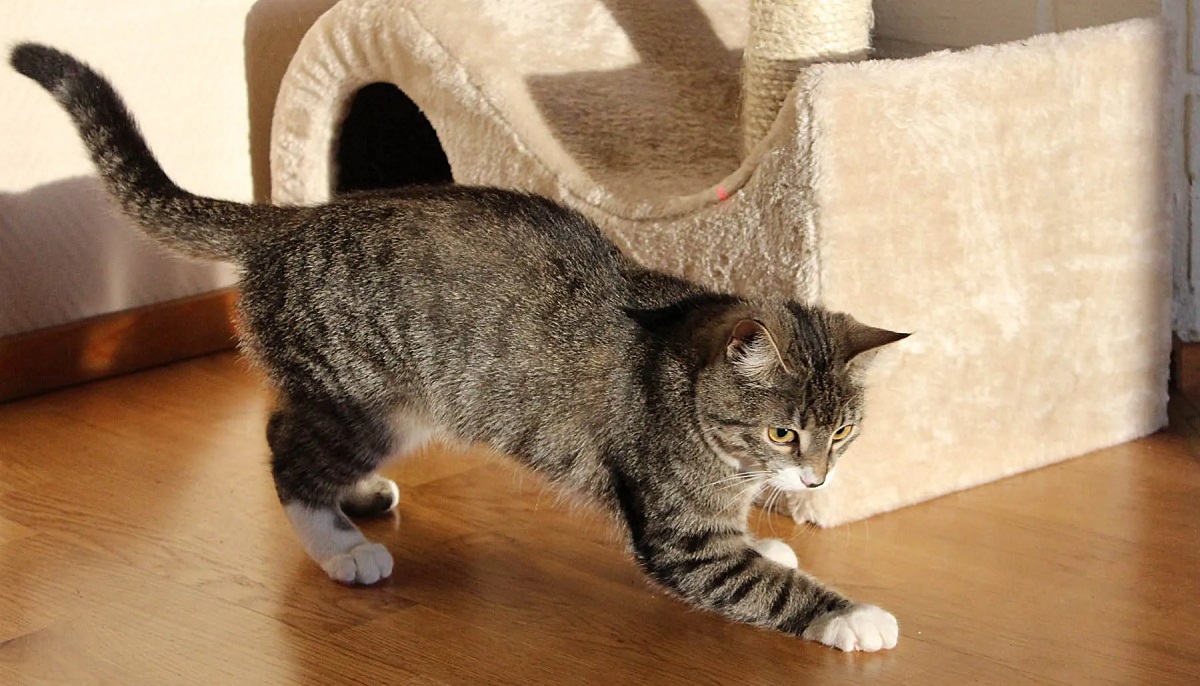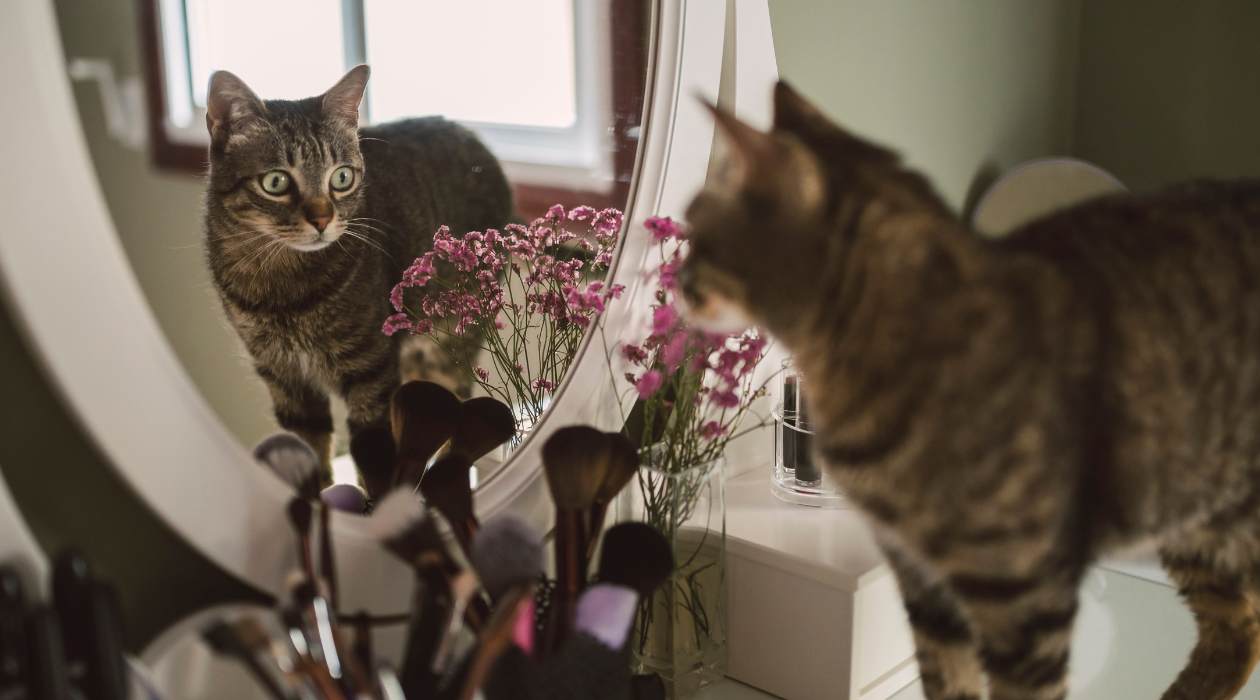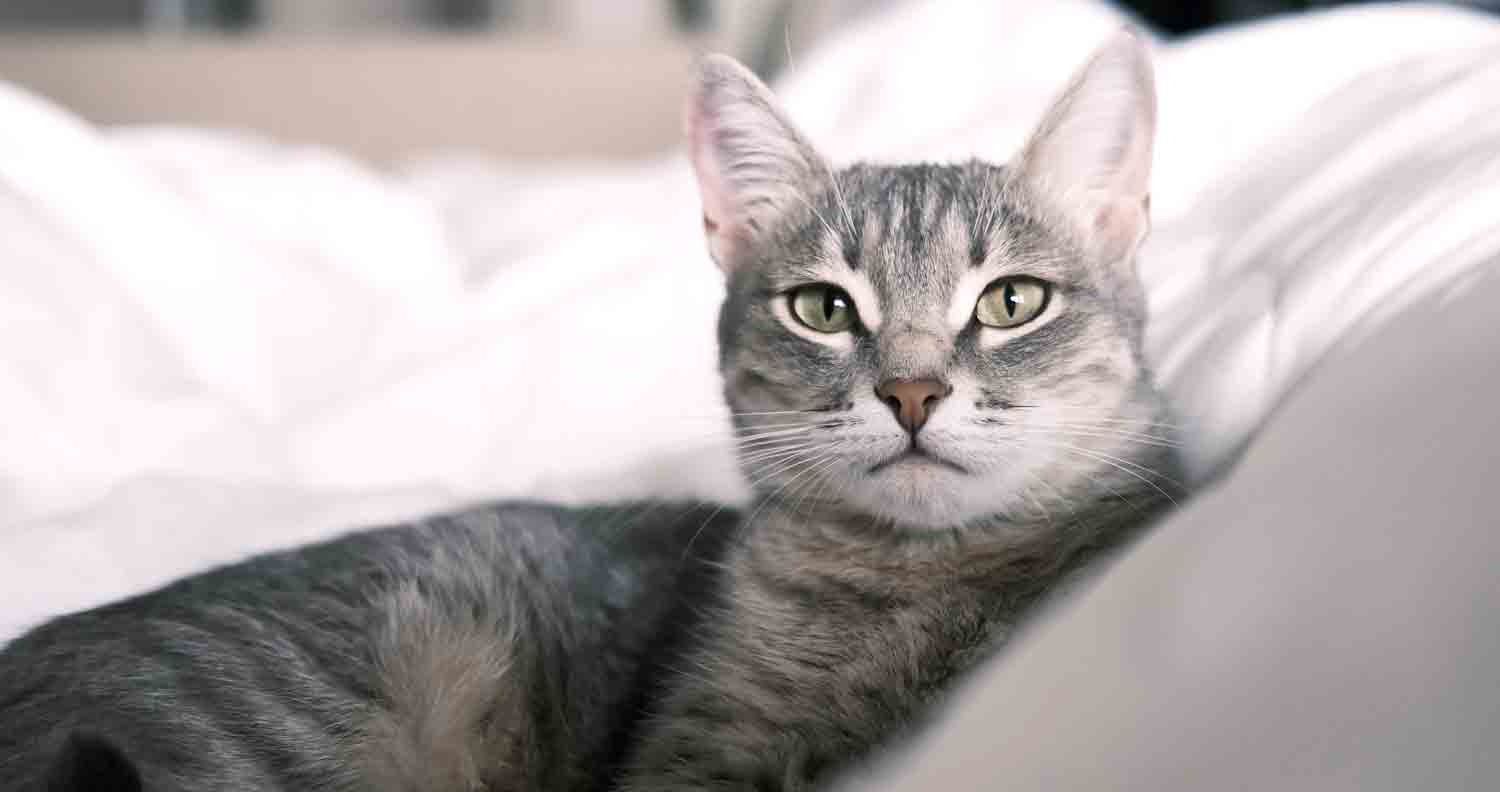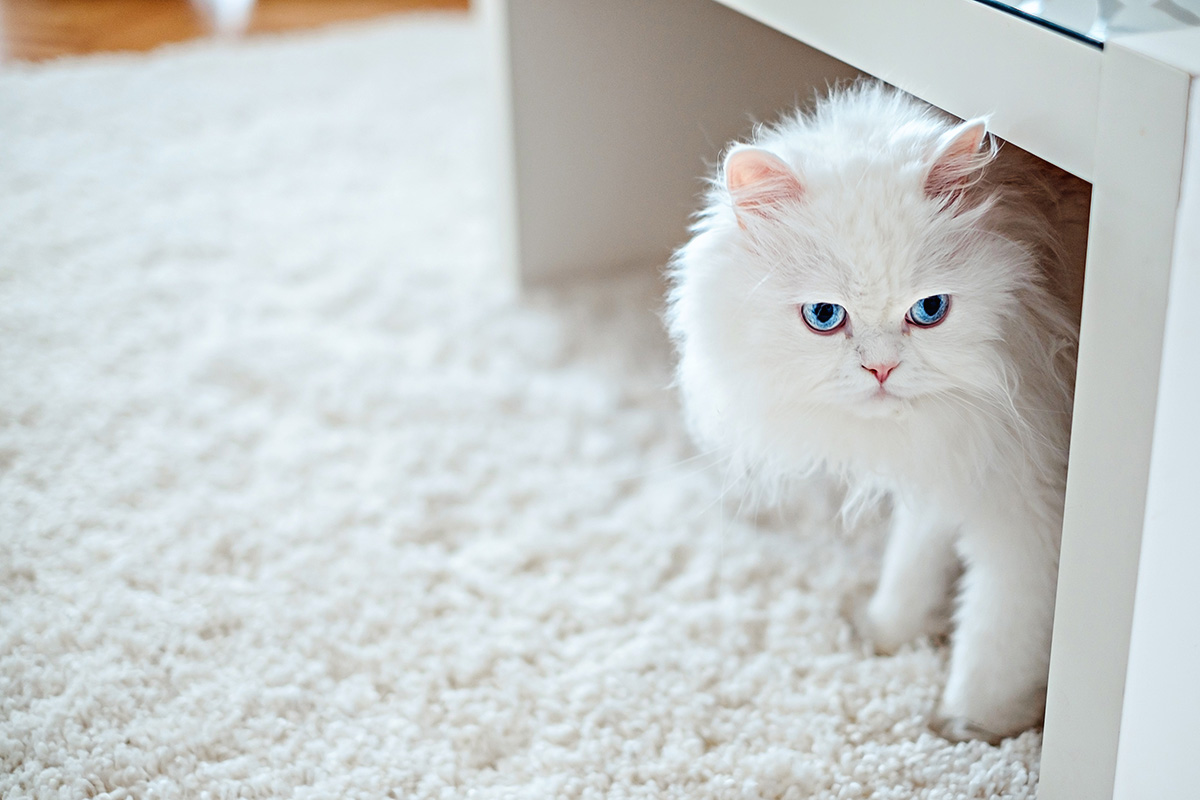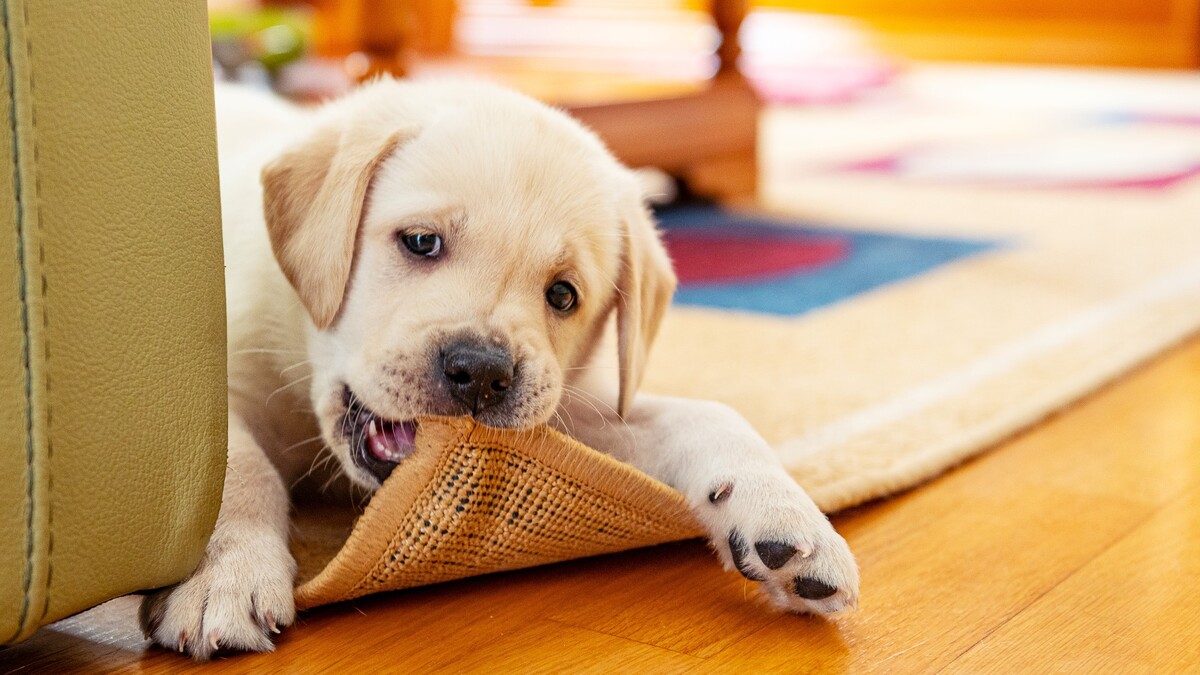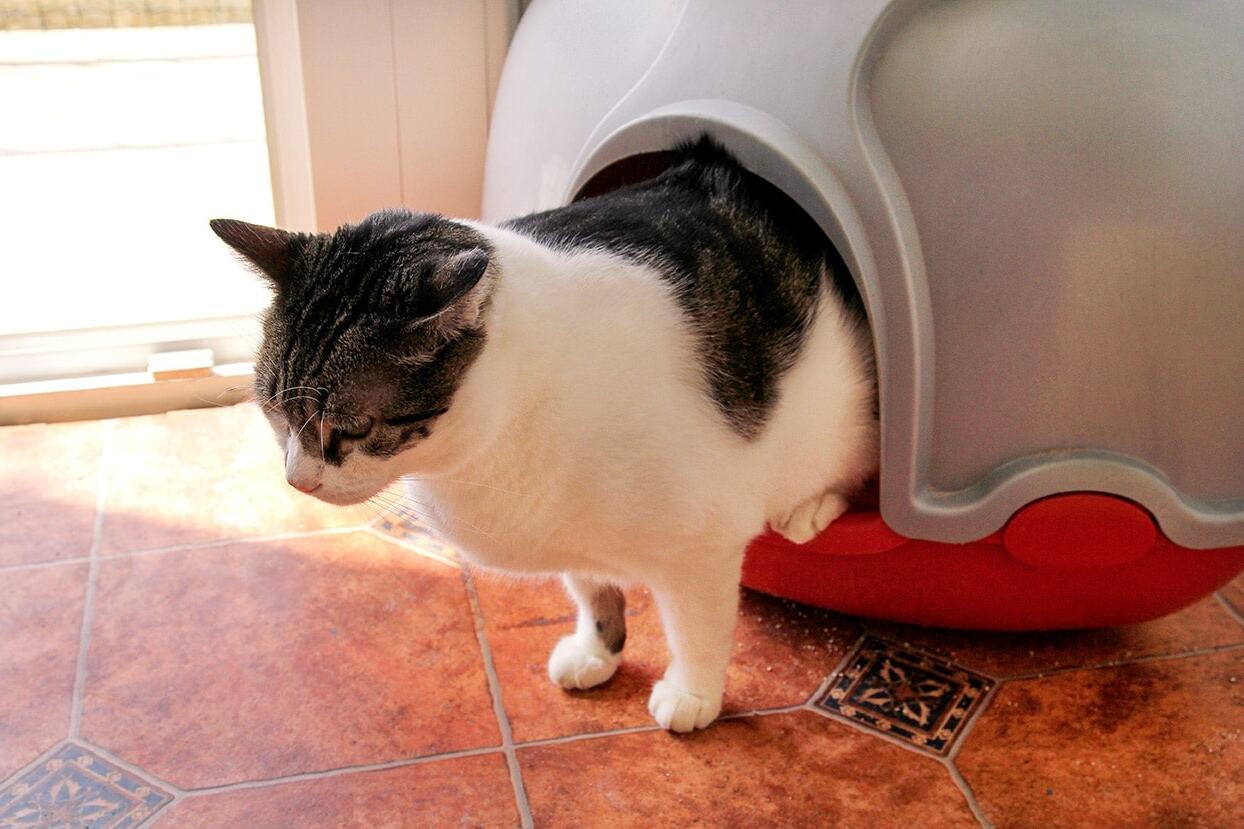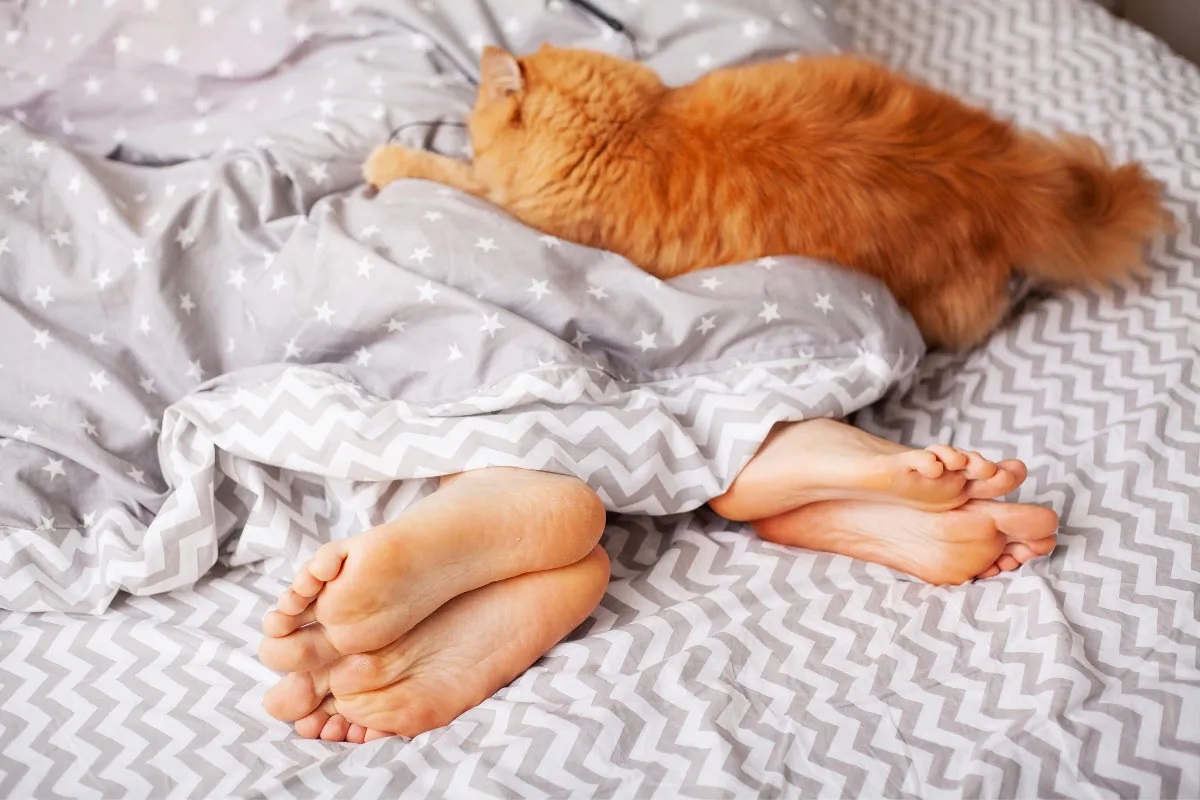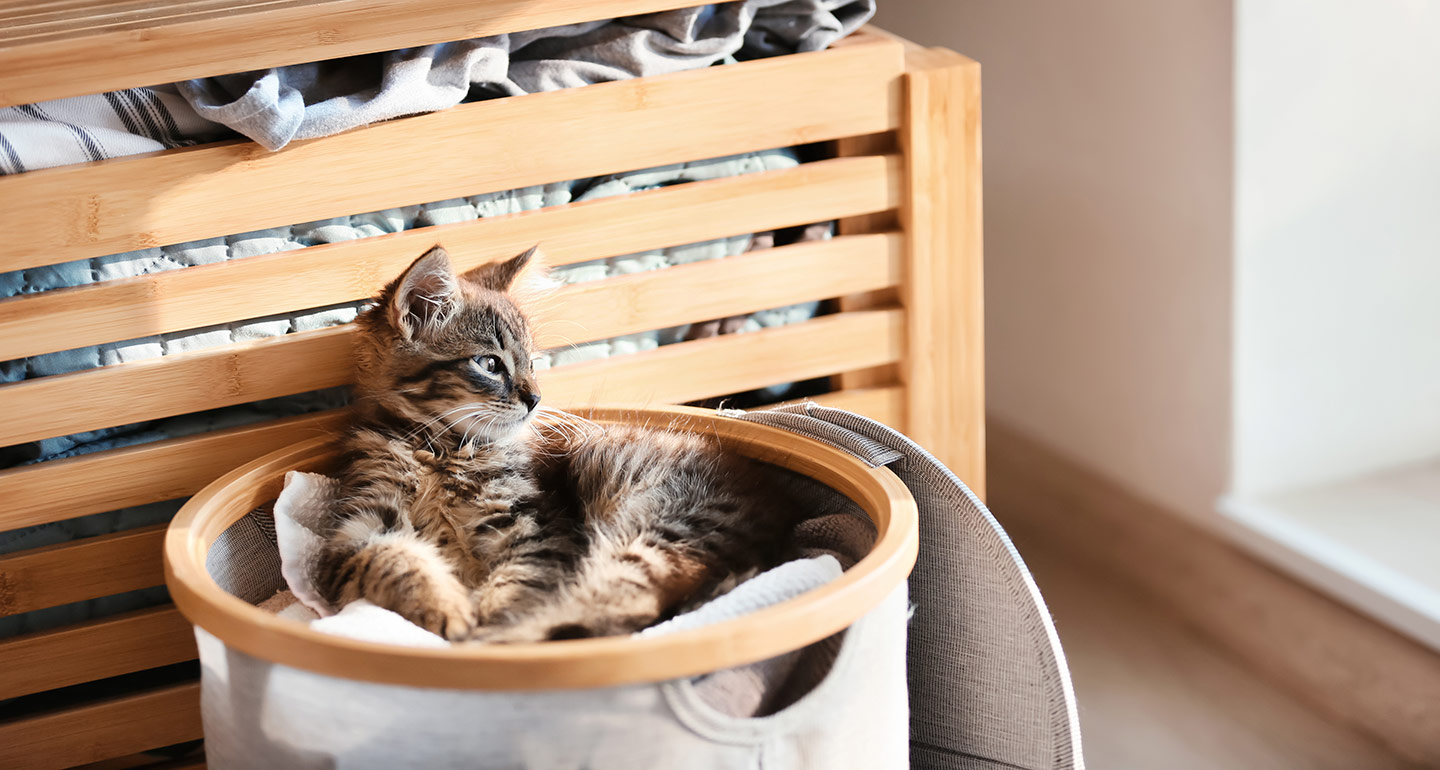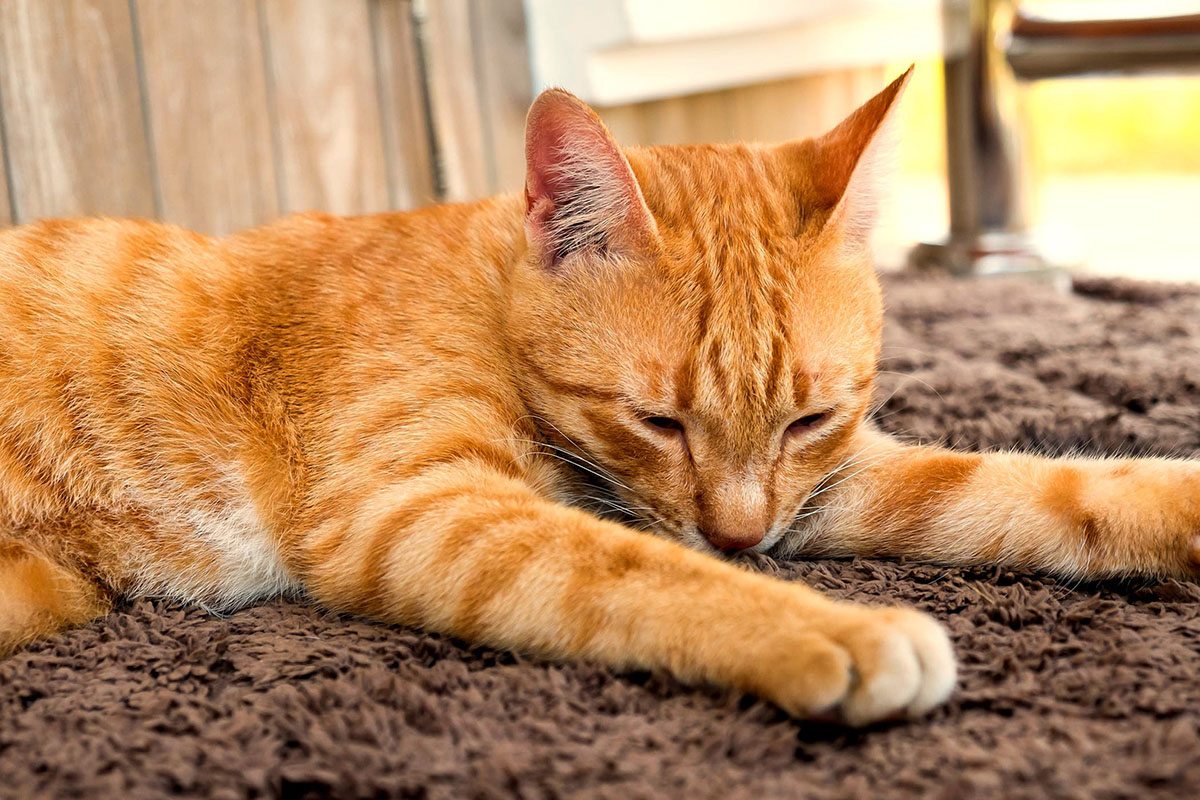

Articles
Why Do Cats Throw Up On A Carpet
Modified: March 2, 2024
Discover why cats throw up on carpets and how to prevent it with informative articles on cat health and behavior.
(Many of the links in this article redirect to a specific reviewed product. Your purchase of these products through affiliate links helps to generate commission for Storables.com, at no extra cost. Learn more)
Introduction
Cats are beloved pets that bring joy, companionship, and entertainment to millions of households around the world. However, a common issue that many cat owners face is finding their furry friends throwing up on the carpet. It can be frustrating and puzzling to discover those unsightly stains and unpleasant odors on your pristine carpet. But why do cats throw up on the carpet?
In this article, we will explore the various reasons why cats may experience episodes of vomiting, specifically targeting the carpet as the unfortunate target. We will delve into the anatomy of a cat’s digestive system, common reasons for cats throwing up, and provide practical tips on preventing this issue from occurring.
Before we delve into the reasons behind this behavior, it’s essential to understand the anatomy of a cat’s digestive system. Cats have a relatively short digestive tract, making their digestion process faster compared to some other animals. Their stomachs are designed to process and break down raw meat efficiently, as they are obligate carnivores, meaning they rely heavily on animal protein as their primary source of nutrition.
Now that we have a basic understanding of cat physiology, let’s explore the common reasons for cats throwing up on carpets.
Key Takeaways:
- Understanding the reasons behind your cat’s vomiting, such as hairballs, dietary issues, and stress, can help you implement preventive measures like regular grooming, slow feeding, and creating a stress-free environment to minimize carpet mishaps.
- Regular veterinary check-ups are essential in monitoring your cat’s health and addressing any underlying issues contributing to vomiting. By working closely with your veterinarian, you can provide the best care for your cat and maintain a clean living space.
Read more: Why Do Cats Pee On Carpet
Anatomy of a Cat’s Digestive System
To understand why cats may throw up on carpets, it’s crucial to have a basic understanding of their digestive system. Cats have a relatively simple but efficient digestive tract that allows them to process and absorb the nutrients they need from their food.
Starting from the mouth, a cat’s teeth are designed for tearing and cutting meat. Their saliva contains digestive enzymes that begin the breakdown of food as they chew. From there, the food travels down the esophagus into the stomach.
The stomach, which is a muscular organ, secretes stomach acid and enzymes to further break down food. It also acts as a holding reservoir, releasing small amounts of partially digested food into the small intestine for further processing.
The small intestine is where most of the digestion and absorption of nutrients take place. It is lined with tiny finger-like projections called villi, which increase the surface area for nutrient absorption. From the small intestine, the food moves into the large intestine, where water absorption occurs, and waste material is formed.
The waste material then travels to the rectum and is eventually eliminated through the anus as feces.
It’s important to note that while a cat’s digestive system is efficient, it is also sensitive and prone to disruptions. Any abnormalities or imbalances in the digestive process can lead to vomiting, among other symptoms.
Now that we’ve covered the basic anatomy of a cat’s digestive system, let’s explore some of the common reasons why cats may throw up on carpets.
Common Reasons for Cats Throwing Up
Vomiting is a natural protective mechanism that cats use to expel unwanted substances or irritants from their stomach. While occasional vomiting may not be a cause for immediate concern, frequent or persistent vomiting can indicate an underlying issue. Here are some common reasons why cats may throw up:
- Hairballs: Cats are meticulous groomers, and during the grooming process, they ingest loose hair. This hair can accumulate in their stomach and form hairballs. As the hairball grows in size, it can cause irritation and trigger vomiting. Hairballs are most commonly seen in long-haired breeds but can occur in any cat.
- Dietary Issues: Food allergies or sensitivities can cause digestive upset in cats, leading to vomiting. Cats can develop allergies to certain ingredients in their diet, such as grains or specific proteins. Additionally, sudden changes in the diet or the ingestion of spoiled food can also result in vomiting.
- Eating Too Fast: Some cats have a tendency to gobble down their food quickly, especially if they are competing with other pets. This rapid ingestion can lead to overeating, indigestion, and vomiting shortly after a meal. Slow feeding strategies, such as using puzzle feeders or raised feeding bowls, can help alleviate this issue.
- Indigestion and Gastrointestinal Disorders: Cats can experience indigestion or gastrointestinal disorders such as gastritis or gastroenteritis, which can cause inflammation and irritation of the stomach lining. This can result in vomiting as the body tries to get rid of the irritants.
- Foreign Objects or Ingestion of Non-food Items: Cats are curious creatures and may ingest non-food items like string, rubber bands, or small toys. These foreign objects can cause blockages in the gastrointestinal tract, leading to vomiting and other digestive issues.
- Stress and Anxiety: Cats are sensitive to changes in their environment, and stress or anxiety can manifest in physical symptoms like vomiting. Stressors could include moving to a new home, the introduction of a new pet, or loud noises.
If your cat is experiencing frequent or persistent vomiting, it is essential to consult with a veterinarian. They can help determine the underlying cause and provide appropriate treatment. Regular veterinary check-ups are also crucial to monitor your cat’s overall health and address any potential issues before they escalate.
Now that we’ve explored some common reasons behind cats throwing up, let’s delve into specific causes and prevention methods for hairballs, a prevalent culprit.
Hairballs: A Common Culprit
One of the most common reasons why cats throw up is the formation of hairballs. Cats are meticulous groomers, spending a significant amount of time licking their fur to keep it clean and neat. During grooming, loose hairs are ingested and make their way into the cat’s stomach.
Normally, these hairs would pass through the digestive system and be eliminated in the feces. However, due to the hook-like structures on a cat’s tongue that aid in grooming, some hairs can become trapped in the stomach or upper intestinal tract, forming hairballs.
As the hairballs accumulate in size, they can cause irritation and discomfort, leading to the cat attempting to vomit them up. This is often accompanied by the characteristic retching sound and the expulsion of a cylindrical-shaped mass of fur.
While hairballs are most commonly seen in long-haired breeds, they can affect cats of any coat length. However, it’s important to note that not all cats develop hairballs, as some have more efficient digestion or grooming habits that prevent the formation of hairballs.
Preventing hairballs is crucial to minimize the discomfort and potential health risks associated with them. Here are some tips to help prevent hairballs in cats:
- Regular Brushing: Brushing your cat’s coat regularly helps to remove loose and shedding hair before it’s ingested. This not only reduces the amount of hair your cat ingests but also helps to stimulate healthy hair growth.
- Hairball Prevention Products: There are various hairball prevention products available, such as specialized cat foods, treats, and supplements. These products often contain ingredients that help to lubricate the digestive tract and promote the passage of hair through the system.
- Dietary Fiber: Adding dietary fiber to your cat’s diet can aid in the natural elimination of hair from the digestive system. High-fiber foods or the addition of fiber supplements can help move hair through the gastrointestinal tract more efficiently.
- Hydration: Adequate hydration is essential for overall digestive health. Ensure your cat has access to fresh water at all times, as this can help prevent constipation and aid in the passage of hair through the digestive system.
- Environmental Enrichment: Providing environmental enrichment, such as interactive toys, scratching posts, and climbing structures, can help reduce stress and boredom, which may lead to excessive grooming.
Remember, if your cat continues to have frequent or severe issues with hairballs, it’s important to consult with a veterinarian. They can provide personalized recommendations and ensure that there are no underlying health conditions contributing to the problem.
In the next section, we will examine dietary issues as another potential cause for cats throwing up on carpets.
Dietary Issues: Food Allergies and Sensitivities
Dietary issues are a common cause of vomiting in cats. Just like humans, cats can develop allergies or sensitivities to certain foods or ingredients. When a cat ingests a food that they are allergic or sensitive to, it can trigger an adverse reaction in their digestive system, leading to vomiting.
Food allergies in cats are typically caused by proteins such as beef, chicken, fish, or dairy products. Cats with food allergies may also have other symptoms like skin rashes, itching, or diarrhea. It’s important to note that food allergies in cats are relatively rare compared to environmental allergies.
On the other hand, food sensitivities are more common than true allergies. They are typically caused by ingredients such as grains (wheat, corn, or soy) or certain additives present in commercial cat foods. Cats with food sensitivities may experience gastrointestinal upset, including vomiting.
If you suspect that your cat’s vomiting is due to a dietary issue, it’s recommended to consult with a veterinarian. A proper diagnosis can be made through an elimination diet, where potential allergens or irritants are removed from your cat’s diet, and then reintroduced one by one to identify the culprit.
To manage food allergies or sensitivities, your veterinarian may recommend a diet trial using hypoallergenic or limited ingredient diets. These diets contain novel protein sources and carefully selected carbohydrates to minimize the chances of triggering an allergic reaction.
It’s important to note that any dietary changes should be done gradually, as sudden changes in diet can also lead to digestive upset and vomiting. Transition your cat to a new diet over the course of several days, mixing increasing amounts of the new food with the old food.
In addition to addressing dietary allergies and sensitivities, it can be helpful to feed your cat smaller, more frequent meals to prevent overeating and reduce the likelihood of vomiting. It’s also a good idea to monitor your cat’s food intake and avoid feeding expired or spoiled food.
By identifying and addressing any dietary issues, you can help alleviate vomiting episodes in your cat and promote better digestive health. In the next section, we will discuss another common cause of cats throwing up: eating too fast.
Read more: How To Get Dried Throw Up Out Of Carpet
Eating Too Fast: Gobbling Down the Food
Some cats have a tendency to eat their meals at lightning speed, often gobbling down their food without taking the time to chew properly. This rapid ingestion can lead to a range of issues, including vomiting.
When cats eat too quickly, they may swallow large amounts of air along with their food. This can cause discomfort, bloating, and an increased likelihood of vomiting. Additionally, the food may not be adequately chewed, making it harder to digest and increasing the chances of regurgitation.
If your cat is a fast eater, there are several strategies you can implement to help slow down their eating process:
- Use Puzzle Feeders: Puzzle feeders are interactive toys or devices that make your cat work for their food. These feeders require your cat to engage in problem-solving and slow down their eating pace as they try to extract the food. This not only helps prevent vomiting but also provides mental stimulation.
- Provide Smaller, Frequent Meals: Instead of feeding your cat one or two large meals, split their daily food portion into smaller, more frequent meals. This helps prevent overeating and gives their digestive system time to properly process the food.
- Try a Slow Feeder Bowl: Slow feeder bowls have specially designed ridges, obstacles, or raised sections that force your cat to eat around them, slowing down their eating speed. These bowls can be effective in preventing rapid ingestion and reducing the chances of vomiting.
- Consider Moistening Dry Food: If your cat primarily eats dry food, moistening it with a bit of water can make it more challenging to gobble down quickly. The added moisture also helps with digestion and overall hydration.
- Separate Multiple Pets During Mealtime: If you have multiple pets, it’s important to separate them during mealtime to prevent competition and rushing. This ensures that each cat can eat at their own pace without feeling the need to hurry.
Implementing these techniques can help your cat slow down their eating speed, reduce the likelihood of vomiting, and promote healthier digestion. It’s important to monitor your cat during mealtime and make adjustments as needed to ensure their eating habits are improving.
In the next section, we will explore indigestion and gastrointestinal disorders as potential causes of cats throwing up on carpets.
If your cat is throwing up on the carpet, it could be due to hairballs, eating too quickly, or an underlying health issue. To prevent this, brush your cat regularly, feed smaller meals, and consult a vet if the problem persists.
Indigestion and Gastrointestinal Disorders
Indigestion and gastrointestinal disorders can contribute to vomiting in cats. These conditions can cause inflammation and irritation in the digestive tract, leading to discomfort and an increased likelihood of regurgitation.
Gastritis, for example, refers to inflammation of the stomach lining. It can be caused by various factors, such as consuming spoiled food, ingesting toxic substances, or as a result of an infection. The inflamed stomach lining can trigger vomiting as the body tries to expel the irritants.
Gastroenteritis is another common gastrointestinal disorder that can cause vomiting in cats. It involves inflammation of both the stomach and the intestines and is often associated with symptoms like diarrhea and loss of appetite. Gastroenteritis can be caused by infections, dietary indiscretions, parasites, or underlying health conditions.
If your cat is experiencing frequent episodes of vomiting accompanied by other symptoms such as diarrhea, lethargy, or loss of appetite, it’s important to consult with a veterinarian. They can perform a thorough examination, run diagnostic tests, and provide appropriate treatment based on the underlying cause.
Treatment for indigestion and gastrointestinal disorders may involve the use of medications to reduce inflammation and soothe the stomach lining. In some cases, dietary changes may be necessary to alleviate the symptoms and promote overall digestive health. Your veterinarian may recommend a prescription diet or a special hypoallergenic diet depending on the specific needs of your cat.
It’s important to closely follow the treatment plan provided by your veterinarian and to monitor your cat’s progress. In some cases, additional diagnostic tests such as blood work, fecal analysis, or imaging may be required to identify the precise cause of the gastrointestinal issues.
By addressing indigestion and gastrointestinal disorders promptly and effectively, you can help minimize the frequency of vomiting episodes and improve your cat’s overall digestive health.
In the next section, we will explore the issue of ingestion of non-food items or foreign objects as a potential cause of vomiting in cats.
Foreign Objects or Ingestion of Non-food Items
Cats are curious creatures, and their natural curiosity can sometimes lead them to ingest non-food items. From strings and hair ties to small toys or even bits of plastic, cats may accidentally or intentionally swallow objects that are not meant for consumption.
When a cat ingests a foreign object, it can cause blockages or obstructions in their gastrointestinal tract. These blockages can prevent the normal passage of food and fluids, leading to discomfort, vomiting, and potential complications.
Common signs that your cat may have ingested a foreign object include repeated attempts to vomit, decreased appetite, lethargy, abdominal pain, and changes in litter box behavior. If you suspect that your cat has swallowed a non-food item, it is essential to seek immediate veterinary attention.
The veterinarian may perform diagnostic tests such as X-rays or ultrasounds to identify the location and extent of the blockage. In some cases, surgery may be necessary to remove the foreign object and restore the normal function of the gastrointestinal tract.
Preventing the ingestion of non-food items in cats is crucial. Here are some tips to help minimize the risk:
- Supervise Playtime: When playing with your cat, make sure to use toys that are safe and sturdy, specifically designed for cats. Avoid small objects or toys with removable parts that could be easily swallowed.
- Secure Loose Items: Keep small objects, like hair ties, rubber bands, or sewing paraphernalia, out of your cat’s reach. Store these items in a secure location to prevent accidental ingestion.
- Monitor String and Thread: Cats are especially attracted to strings and thread. Keep sewing supplies, sewing machines, and any items with loose strings out of your cat’s reach. Be cautious when playing with string-based toys and monitor your cat during play to prevent them from swallowing thread or string.
- Create a Cat-Friendly Environment: Ensure that your home environment is free of potential hazards or temptations for your cat. Keep electrical cords covered or secured, and limit access to areas where there may be small objects or items that could be ingested.
- Consider Dental Health: Dental health plays a significant role in a cat’s overall well-being. Regular dental check-ups, teeth cleanings, and providing appropriate dental toys and treats can help keep your cat’s teeth and gums healthy, reducing the likelihood of them chewing on inappropriate objects.
By being vigilant and taking preventive measures, you can significantly reduce the risk of your cat ingesting non-food items and experiencing potential complications, including vomiting.
In the next section, we will discuss stress and anxiety as another potential cause of cats throwing up on carpets.
Stress and Anxiety
Cats are creatures of habit, and any changes or disruptions in their environment can cause stress and anxiety. Cats are also highly sensitive to their surroundings, and stressful situations can manifest in physical symptoms, including vomiting.
Common stressors for cats can include changes in their routine, such as moving to a new home, the introduction of a new pet or family member, loud noises, or even changes in the household dynamics. Cats may also experience anxiety when they feel threatened or unsafe.
When cats are stressed or anxious, their bodies can enter a state of heightened alertness, triggering various physiological responses. One of these responses is the activation of the “fight or flight” response, which can affect the functioning of the digestive system and potentially lead to vomiting.
If you suspect that your cat’s vomiting is stress-related, there are several steps you can take to help alleviate their anxiety:
- Create a Safe Space: Provide your cat with a designated area or room where they can retreat to when they feel stressed or overwhelmed. This space should be quiet, comfortable, and stocked with their favorite toys, blankets, and scratching posts.
- Offer Environmental Enrichment: Engage your cat in activities and provide interactive toys to keep their minds stimulated. This can include puzzle toys, treat balls, or even window perches where they can observe the outside world.
- Establish a Regular Routine: Cats thrive on routine, so establishing and maintaining a consistent daily schedule can help reduce stress and promote a sense of security. This includes regular feeding times, playtime, and designated periods for rest and relaxation.
- Use Pheromone Products: There are synthetic pheromone products, such as Feliway, that mimic the natural facial pheromones of cats. These products can help create a calming environment and reduce stress-related behaviors.
- Consult with a Veterinarian: If your cat’s stress and anxiety are severe or persistent, it may be beneficial to consult with a veterinarian. They can provide guidance and, if necessary, prescribe medications or recommend other behavior modification techniques to help manage your cat’s stress levels.
By addressing and mitigating stress and anxiety in your cat’s life, you can help reduce the occurrence of vomiting and promote overall well-being. Creating a calm and secure environment for your cat can go a long way in keeping their stress levels in check.
Next, we will emphasize the importance of regular veterinary check-ups and how they can help prevent or identify potential causes of vomiting in cats.
Read more: How To Fix A Carpet Pulled Up By A Cat
The Importance of Regular Veterinary Check-ups
Regular veterinary check-ups play a crucial role in maintaining the health and well-being of your cat. These routine visits allow veterinarians to monitor your cat’s overall health, address any concerns, and identify potential causes of vomiting or other health issues.
During a veterinary check-up, your veterinarian will conduct a thorough examination of your cat. They will assess their body condition, check their vital signs, and examine their eyes, ears, mouth, and skin. They will also listen to their heart and lungs, palpate their abdomen, and assess their mobility.
Regular check-ups give veterinarians the opportunity to detect health issues early on, often before they become more serious or difficult to manage. This is particularly important when it comes to digestive issues and vomiting, as they can be symptoms of underlying diseases or conditions that require prompt attention.
In addition to the physical examination, your veterinarian may recommend diagnostic tests such as blood work, urinalysis, or imaging (such as X-rays or ultrasound) to gather more information about your cat’s health. These tests can help identify any underlying medical conditions that may be contributing to vomiting or other symptoms.
By establishing a good working relationship with your veterinarian and scheduling regular check-ups, you can:
- Promptly address health concerns: Regular check-ups allow for the early detection and treatment of any health issues, including those related to digestive problems or vomiting.
- Receive personalized advice and recommendations: Your veterinarian can provide you with specific guidance on your cat’s diet, feeding habits, preventive care, and any necessary behavioral modifications to help manage their vomiting and promote overall health.
- Stay up-to-date on vaccinations and preventive care: Regular check-ups ensure that your cat’s vaccinations, parasite prevention, and other preventive care measures are up-to-date, reducing the risk of certain illnesses and providing a foundation for good health.
- Monitor changes in their health over time: By having a history of regular check-ups, your veterinarian can compare previous examination results and detect any changes or trends in your cat’s health, helping to identify any underlying issues contributing to vomiting.
- Establish a strong veterinarian-patient-owner relationship: Regular visits allow you to develop trust and rapport with your veterinarian, making it easier to communicate and address any concerns you may have about your cat’s health.
Remember, even if your cat appears healthy and is not currently experiencing any symptoms, regular veterinary check-ups are still essential. Many medical conditions can be asymptomatic or have subtle signs early on, making routine check-ups an invaluable tool in maintaining your cat’s health.
In the next section, we will provide practical tips for preventing cats from throwing up on carpets.
Tips for Preventing Cats from Throwing Up on Carpets
If you’re tired of finding unpleasant surprises on your carpets and want to prevent your cat from throwing up, here are some practical tips to help minimize this issue:
- Provide Adequate Grooming: Regular grooming is essential to reduce the amount of loose hair your cat ingests during self-grooming. Brushing your cat’s fur regularly helps to remove excess hair and prevent the formation of hairballs. This can be especially beneficial for long-haired breeds.
- Consider Hairball Remedies: Use hairball remedies, such as specialized cat foods, treats, or supplements. These products often contain ingredients like fiber or lubricants that help prevent hairball formation and facilitate their passage through the digestive system.
- Slow Down Eating Speed: Provide slower feeding options for cats that eat too quickly. Utilize puzzle feeders or slow feeder bowls to encourage them to eat at a more gradual pace. This reduces the risk of overeating and indigestion.
- Opt for Digestive Health Diets: Feed your cat a high-quality, easily digestible diet specifically formulated for digestive health. Look for diets that contain limited ingredients or feature specialized formulas to support optimal digestion.
- Monitor Food Intake: Pay attention to the amount and timing of your cat’s meals. Avoid giving them large portions of food at once, as it can overload their stomachs and increase the chances of vomiting. Instead, feed smaller, more frequent meals throughout the day.
- Be Mindful of Diet Changes: When transitioning to a new diet, do so gradually over several days to allow your cat’s digestive system to adjust. Sudden changes in diet can cause gastrointestinal upset and contribute to vomiting episodes.
- Reduce Stress and Anxiety: Minimize stressors in your cat’s environment by providing a calm and secure space. Offer plenty of hiding spots, vertical spaces, and opportunities for play and mental stimulation. Feliway or other similar calming products can also help reduce stress and anxiety.
- Keep Non-food Items Secure: Keep potentially dangerous or tempting non-food items out of your cat’s reach. Secure strings, rubber bands, small toys, and other objects that could be swallowed or cause blockages in the digestive system.
- Maintain Regular Veterinary Check-ups: Schedule regular check-ups with your veterinarian to monitor your cat’s overall health, address any underlying issues, and receive personalized recommendations for their specific needs.
By implementing these preventive measures, you can reduce the likelihood of your cat throwing up on carpets. However, if vomiting persists or occurs frequently, it is important to seek veterinary advice to rule out any underlying medical conditions or allergies.
Remember, each cat is unique, and it may take some trial and error to find the right combination of prevention techniques that works best for your feline companion. With patience, consistency, and the guidance of a healthcare professional, you can help promote better digestion and minimize vomiting episodes.
Final thoughts, maintaining a clean and safe living environment, and addressing any medical concerns, you can enjoy a carpet that remains vomit-free and a happy, healthy cat.
Conclusion
Vomiting in cats can be a distressing issue, especially when it happens on your valuable carpets. Understanding the reasons behind this behavior is crucial in effectively preventing and managing it. From hairballs to dietary issues, eating too fast, gastrointestinal disorders, ingestion of non-food items, and even stress and anxiety, there are various factors that can contribute to cats throwing up.
By implementing preventive measures such as regular grooming, providing appropriate feeding options, maintaining a balanced and easily digestible diet, and creating a stress-free environment, you can significantly reduce the chances of your cat vomiting on your carpets.
It’s important to remember the significance of regular veterinary check-ups in monitoring your cat’s overall health and addressing any underlying issues that may contribute to vomiting. Your veterinarian can provide personalized guidance, diagnostic tests, and treatment options to help manage your cat’s health effectively.
Preventing cats from throwing up on carpets requires a combination of proactive steps, appropriate care, and a keen eye for potential triggers. By creating a safe and stimulating environment, addressing dietary needs, and maintaining regular veterinary care, you can promote better digestive health for your cat and enjoy a vomit-free carpet.
Remember that each cat is unique, and it may take some experimentation to find the most effective strategies for your furry friend. With patience, consistency, and veterinary guidance, you can successfully prevent vomiting, provide the best care for your cat, and maintain a clean and enjoyable living space for both you and your beloved feline companion.
Frequently Asked Questions about Why Do Cats Throw Up On A Carpet
Was this page helpful?
At Storables.com, we guarantee accurate and reliable information. Our content, validated by Expert Board Contributors, is crafted following stringent Editorial Policies. We're committed to providing you with well-researched, expert-backed insights for all your informational needs.
